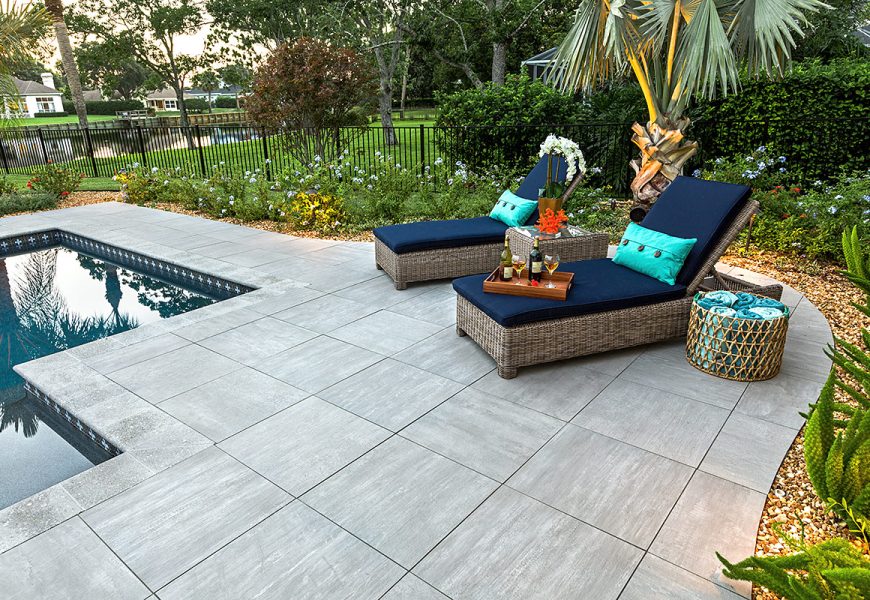Introduction to EPDM and TPO Roofing
When it comes to choosing the right roofing material for your building, the decision can feel overwhelming. Two popular options that often come up in conversations are EPDM and TPO roofs. Both have their unique benefits and drawbacks, making them suitable for different types of structures and budgets. Whether you’re constructing a new building or replacing an old roof, understanding these materials is crucial to make an informed choice.
EPDM flat roofs have been a staple in commercial construction for years due to their durability and reliability. On the other hand, TPO roofing has gained traction as a lightweight alternative with impressive energy efficiency features. As you navigate this important decision, let’s dive deeper into what makes each option stand out, so you can find the perfect fit for your needs!
Understanding the Differences Between EPDM and TPO
EPDM and TPO are popular choices for flat roofing, but they have distinct characteristics. EPDM, or Ethylene Propylene Diene Monomer, is a rubber-like membrane known for its flexibility and durability. It offers exceptional weather resistance and can withstand extreme temperatures.
On the other hand, TPO stands for Thermoplastic Olefin. This roofing material is a single-ply membrane that combines plastic and rubber properties. It’s gaining popularity due to its energy-efficient qualities and heat-reflective surface.
The installation process varies too. EPDM often comes in large sheets that require adhesives or fastening systems, while TPO typically rolls out easily with mechanical fasteners or adhered methods.
Understanding these differences helps property owners make informed decisions tailored to their specific needs. Each option serves unique purposes based on building requirements, climate conditions, and personal preferences.
Advantages of TPO Roofs
TPO roofs, or Thermoplastic Polyolefin roofs, are gaining traction in the commercial roofing world. One significant advantage is their energy efficiency. TPO membranes reflect sunlight, helping to reduce cooling costs during hot months.
Another key benefit is their ease of installation. Lightweight and flexible, TPO can be quickly applied over existing roofing systems, saving time and labor costs. This adaptability makes it a popular choice among contractors.
Durability also stands out with TPO. These roofs resist punctures and tears better than many alternatives. Their resistance to UV rays ensures they maintain performance over time without degrading.
Moreover, TPO is environmentally friendly. It’s fully recyclable at the end of its life cycle, making it a sustainable option for eco-conscious businesses seeking responsible solutions for their buildings.
Factors to Consider When Choosing Between EPDM and TPO
When deciding between EPDM flat roofs and TPO, several factors come into play. First, consider your building’s climate. EPDM excels in cooler temperatures, while TPO performs better in warmer areas due to its reflective properties.
Next, think about the installation process. EPDM typically involves a simpler application method, which can save time and labor costs. On the other hand, TPO requires more precision during installation to achieve optimal benefits.
Durability is another critical factor. While both materials are resilient, their longevity differs based on environmental exposure and maintenance practices.
You should also evaluate energy efficiency needs. If reducing cooling costs is a priority for your building, TPO’s reflective surface might be more appealing.
Assess any local regulations or warranties associated with each roofing type to ensure compliance and protection for your investment. Each project has unique requirements that can sway your choice significantly.
Cost Comparison between EPDM and TPO
When evaluating the cost of EPDM flat roofs versus TPO, it’s essential to look beyond just the initial price tag. EPDM is often more budget-friendly upfront, making it a popular choice for many commercial buildings.
However, TPO tends to offer better long-term savings through energy efficiency. Its reflective properties can lead to lower cooling costs during hot months.
Installation costs can also vary. While both materials require professional installation, TPO may demand slightly higher labor rates due to its unique handling requirements.
Consider warranty options as well. Some manufacturers provide extensive warranties for TPO that could offset future repair costs.
Understanding your building’s specific needs will help determine which roofing option offers the best value over time. Balancing short-term expenses with potential long-term benefits is crucial in this decision-making process.
Maintenance and Longevity of EPDM vs. TPO
When considering maintenance and longevity, EPDM flat roofs shine for their durability. This material can last 20 to 30 years with proper care. It’s resistant to UV rays, ozone, and extreme weather conditions.
On the other hand, TPO roofing offers a lifespan of about 15 to 25 years. While it boasts energy efficiency due to its reflective surface, it may require more frequent inspections and repairs.
Maintenance routines differ as well. EPDM needs minimal upkeep—just regular cleaning to prevent debris buildup. TPO might need periodic checks for seams and potential punctures.
Both options have unique benefits in terms of maintenance requirements, but understanding these differences is essential when making your choice for long-term performance on your building.
Advantages of EPDM Flat Roofs At Petes Builder Commercial
When considering roofing options for your building, EPDM flat roofs stand out at Pete’s Builder Commercial. Their durability is impressive, with a lifespan of over 30 years when properly maintained. This longevity leads to fewer replacements and repairs over time, ultimately saving you money.
EPDM is known for its excellent resistance to weather extremes. It performs well in both hot and cold climates, making it a versatile choice no matter where your building is located. The material also provides strong UV protection which minimizes the risk of damage from sunlight exposure.
Installation is another area where EPDM shines. Its lightweight nature makes it easier to handle during installation compared to heavier materials like TPO. Plus, our skilled team ensures that each roof goes on correctly the first time around—reducing the likelihood of issues down the road.
Additionally, EPDM roofs are environmentally friendly options since they can be recycled at the end of their life cycle. Investing in an EPDM roof not only benefits your bottom line but also contributes positively to sustainable practices.
Choosing EPDM flat roofs from Pete’s Builder Commercial means opting for reliability and quality that stands the test of time while being gentle on your budget and the environment alike.








